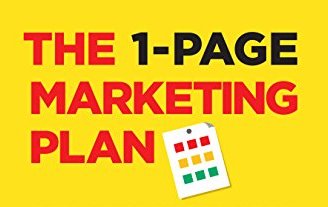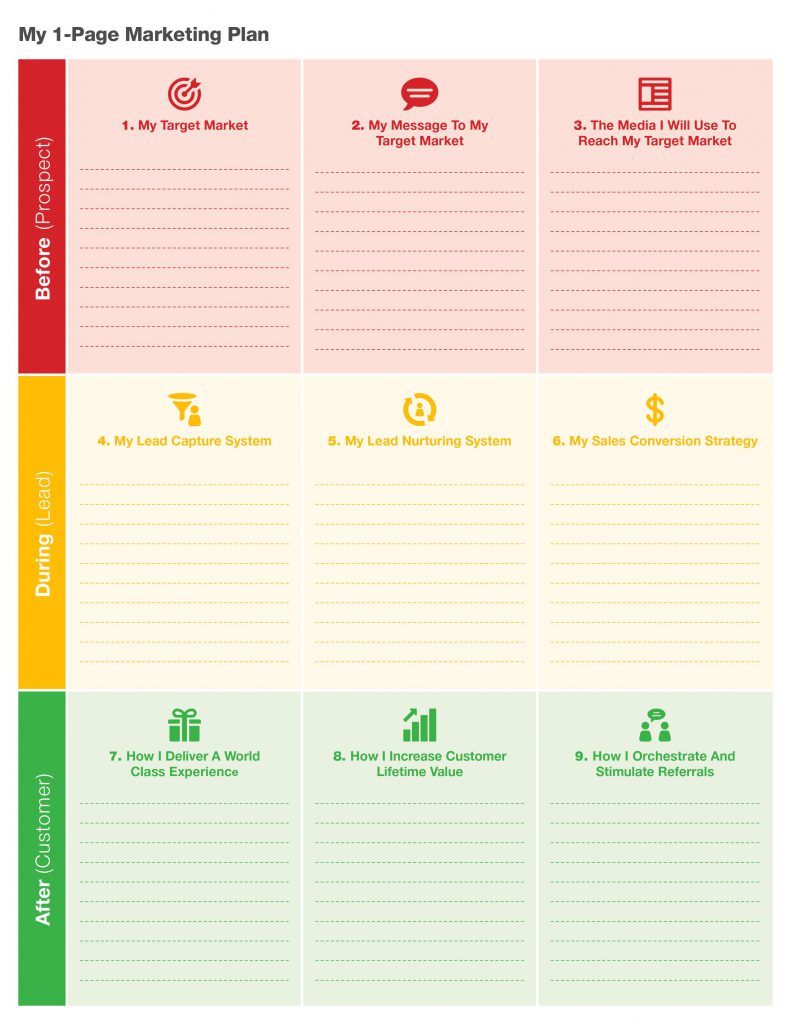As a CMO, part of your work is to uncover new methodologies and plans that can work for your business. You have done the research, and you might have even tested it out. Now you need approval from your managers to implement that shiny new B2B marketing plan.
Uncovering a B2B marketing plan that will work for the unique needs of your company is no small feat. However, the hard part may still be ahead of you. You want to make sure that your superiors are supportive of your work, understanding of the tasks at hand, and, perhaps most importantly, are willing to back you up with the budget that you need to execute it properly.
Set up the meeting
The very first step to implementing your B2B marketing plan is to let your managers know that it exists. Set up a meeting for your upper management team, and make sure the agenda is clear. It might be a good idea to send an email to give your meeting the attention it deserves. This is not the kind of meeting that you mention in passing to your supervisor in the hallway. Rather, this is the kind of meeting that requires a calendar invitation, and probably an email follow-up explaining the purpose of the meeting.
You want to let them know ahead of time that they will be presented with a new plan and a new budget. In your meeting invitation, including “teasers” about the plan, mentioning key elements or out-of-the-box components that will grab their attention. At the bottom of the email invitation, add a line about discussing a proposed budget that requires their approval.
Own it
In the B2B world, a lot of your meetings might take place without so much as a whiteboard. As the CMO of the company, in a digital world, you want to bring technology into the board room. You’ll want to wow your supervisors with a PowerPoint presentation – or even take the time to create an interactive presentation like one of the free templates on Prezi.
Include all of the relevant details of your B2B marketing plan, and be open to questions about the smaller details that you might think are obvious. Once your presentation is prepared, take the time to review it. More than once. You want to be the captain of the ship – and practice is key.
Follow up
After the flawless presentation of your ideas for implementing a new marketing plan, the room might sit silent. Or, your upper management team might have asked dozens of questions throughout the presentation, turning your 30-minute meeting into an hour and a half. However your meeting ended, you likely don’t have final approval from the managers. You might need an extra push to get that budget approval you’re seeking.
This is where your follow-up is vital. Sending out an email to those present at the meeting is a basic first step. Thank them for attending and for taking the time to meet with you. Attach a copy of your presentation PDF for their records. And most importantly, include a deadline for their response.
You’ve now given upper management all the tools they need to make a decision. Your next step is to make sure it happens. You’ll want to schedule a follow-up email close to the deadline, to check in on the status of their decision-making process, and ask if they have any additional questions.
Want to call in an expert?
Sometimes, presenting your new marketing plan to upper management can seem daunting. Why not bring in an expert to do the hard part for you? At StepUp, our team can support you throughout your work – from presenting a marketing plan and growth strategy, to helping you implement it. Set up a call with a member of our team to consult on what kind of marketing strategy will work best for your B2B company. We’re here for you, every step of the way.
Check availability for a free Discovery Session with a StepUp Strategist>>>





 The trick to setting marketing goals is converting them to numbers, committing to carrying them out, and monitoring their progress. Buzzwords like “engagement”, “visits”, or “conversions” ca
The trick to setting marketing goals is converting them to numbers, committing to carrying them out, and monitoring their progress. Buzzwords like “engagement”, “visits”, or “conversions” ca

